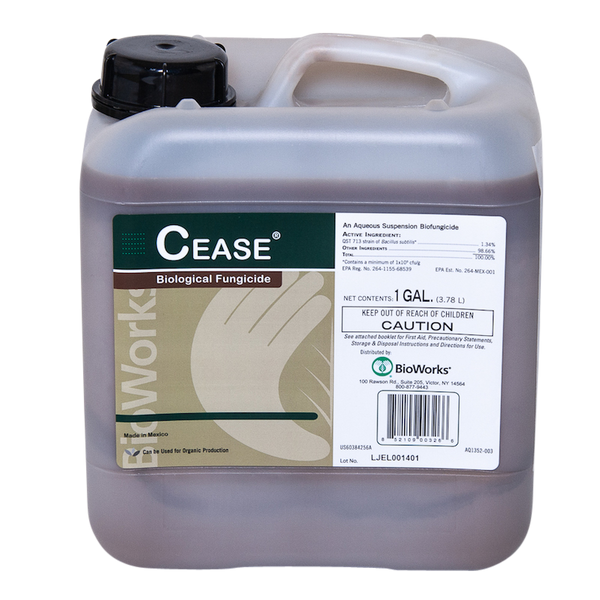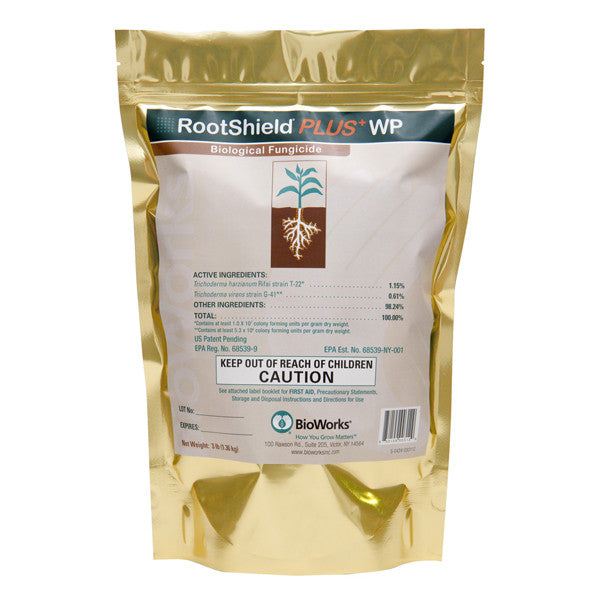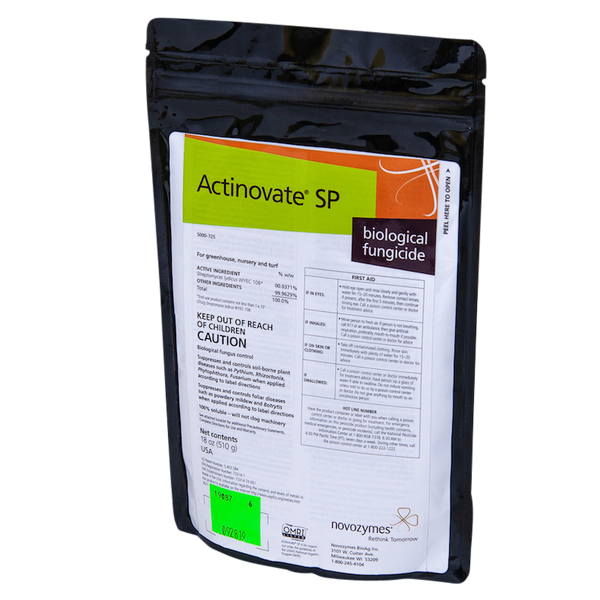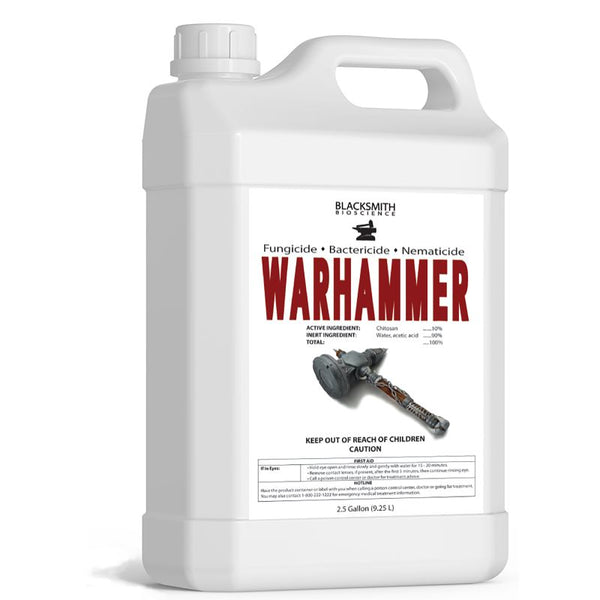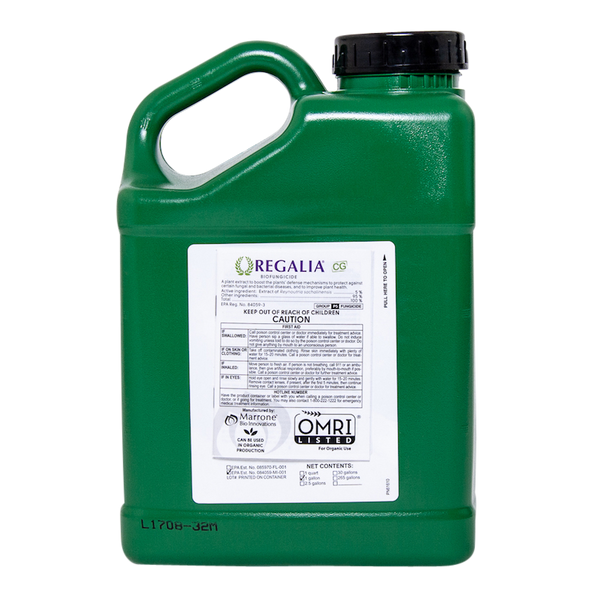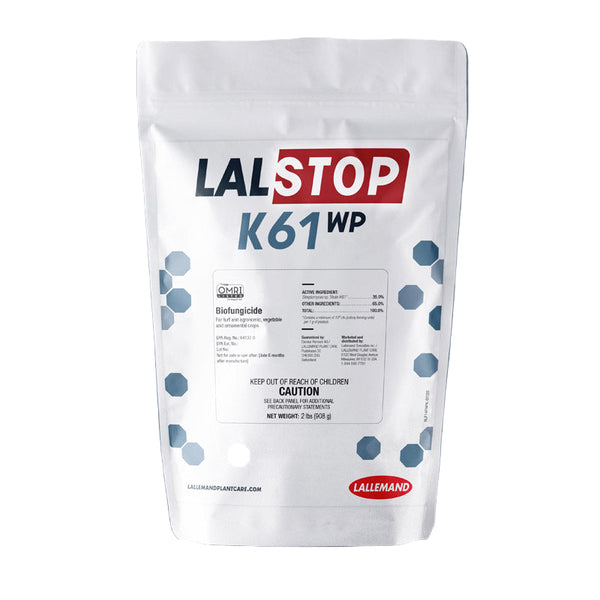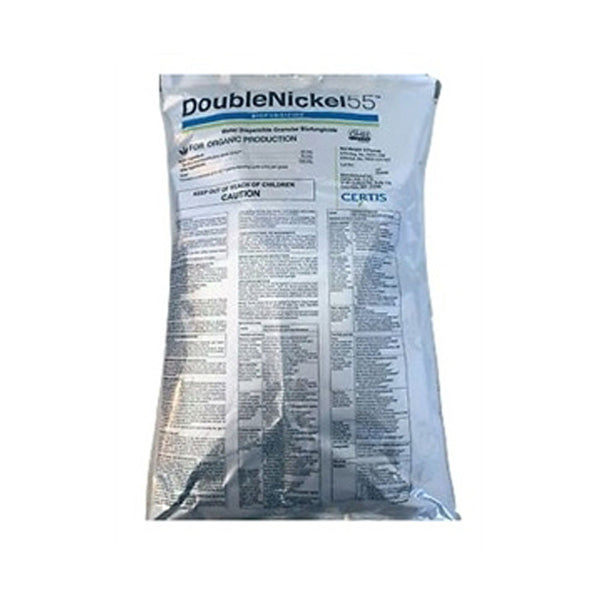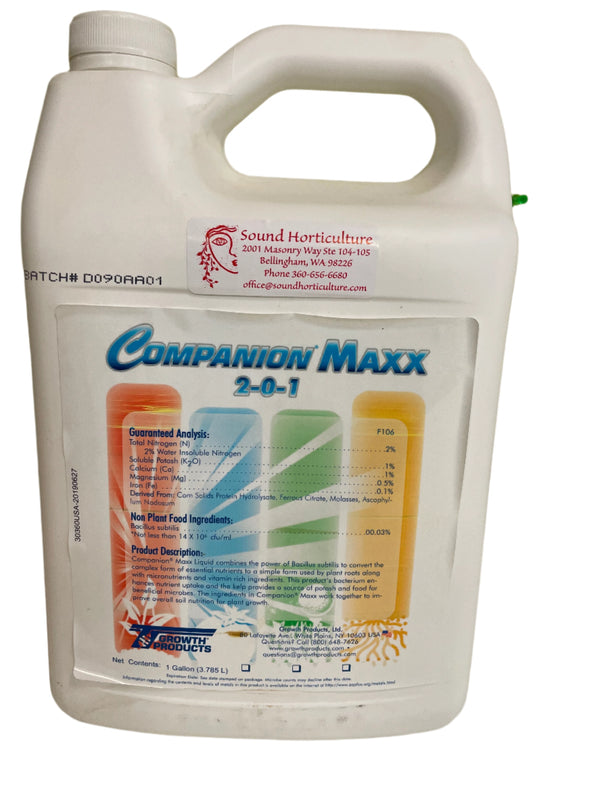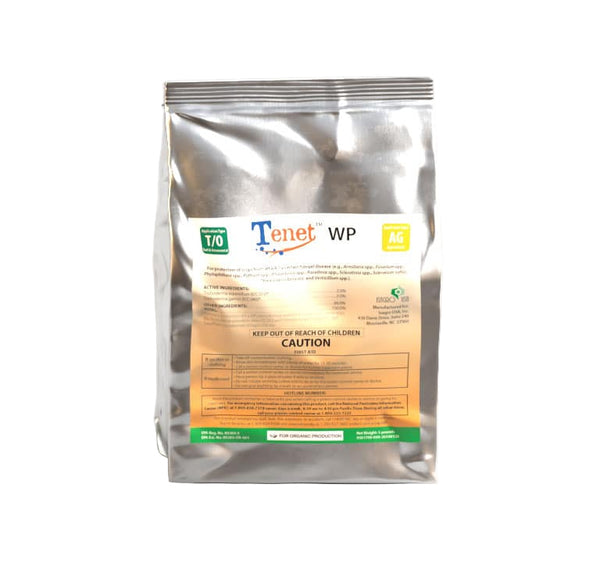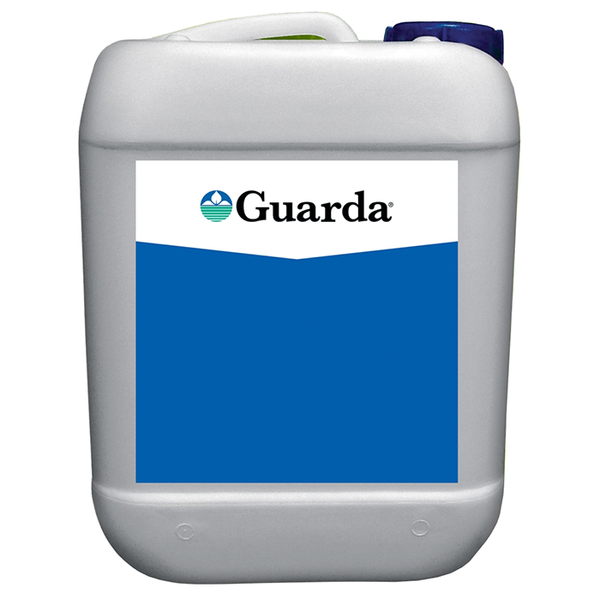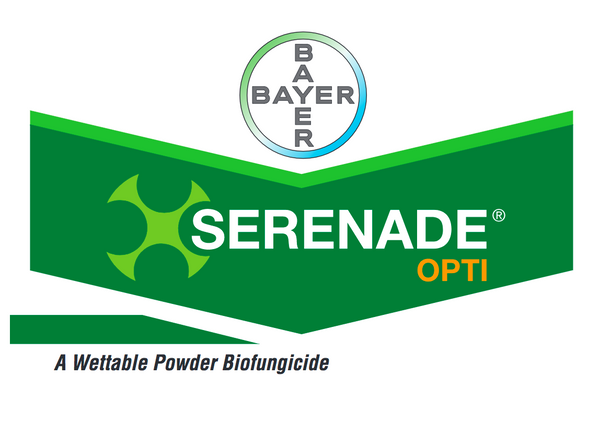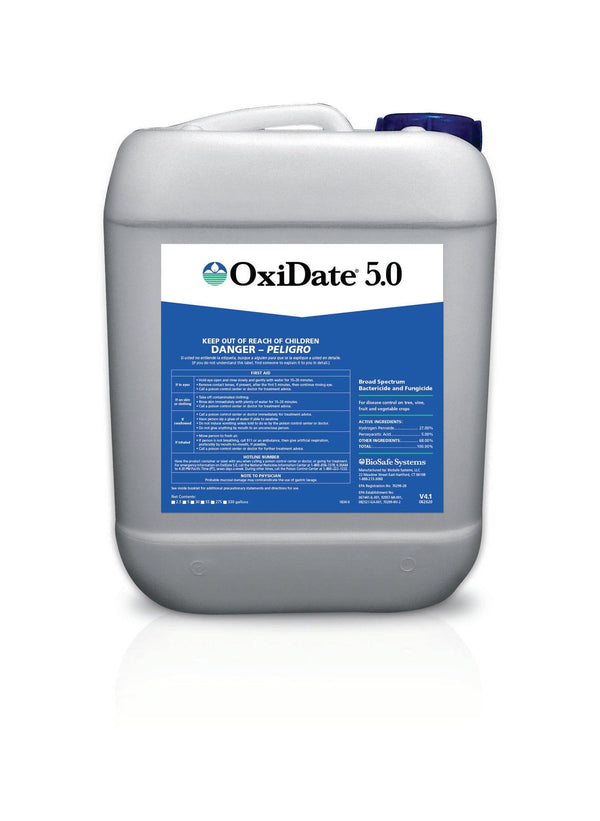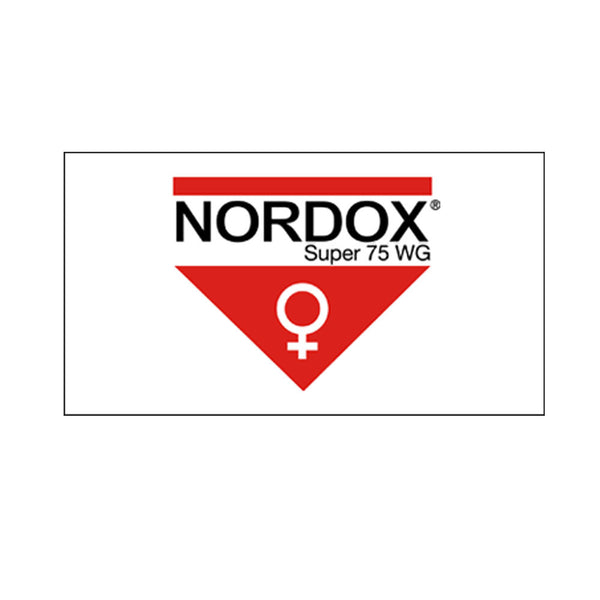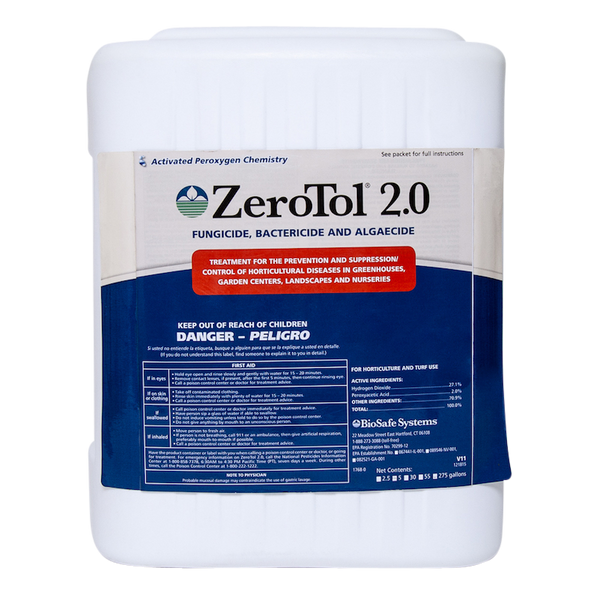Phytophthora Control
Shop Below for Phytophthora Control
Phytophthora species resemble fungi but are not. While they are most closely related to aquatic organisms, such as brown algae and diatoms, they can also exist on land. They do need water to complete their life cycle and are also called water molds. Phytophthora is the number-one disease of nursery crops nationwide but also can infect ornamentals, vegetables, fruit and nut trees. Notorious Phytophthora diseases include rhododendron root rot, sudden oak death, and potato late blight.
This disease is most prevalent during the summer. Conditions that foster it are wet soils, high temperatures, high humidity, overgrown plants, propagation under mist and splashing water. Symptoms vary with host plant but include large, wet-looking leaf spots, brown lesions at the base of the leaves, disease on the root crown or stem, blackened cankers at the stem base, and root rots.
The species causing root rot are found within the soil and may survive for many years in the absence of a host. Phytophthora root rot is principally a disease of waterlogged or heavy soils. At the onset of infection, Phytophthora kills fine root hairs, gradually progressing towards larger roots and finally to the crown of the plant. Once most of the root system has been killed, the symptoms on the leaves and stems becomes apparent.
There are many preventative options to control Phytophthora. These include good drainage, buying healthy plants, keeping propagation areas clean, avoid using dirty pots, keeping pots off bare soil, removing plant debris, rogue out unhealthy plants and using clean water for irrigation. Cultural control for tomatoes should include crop rotation. Phytophthora can cause both root and crown rots, so be aware of planting depth when transplanting, and group plants with similar watering needs together to avoid overwatering.
Visit the OSU Managing Phytophthora article for more information.


